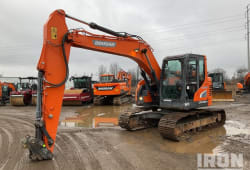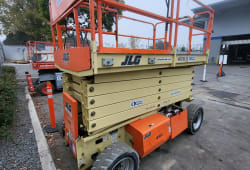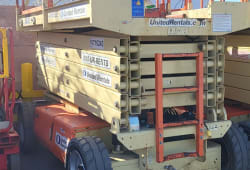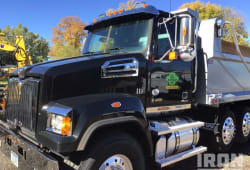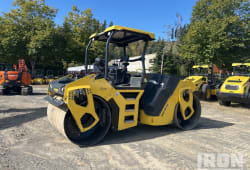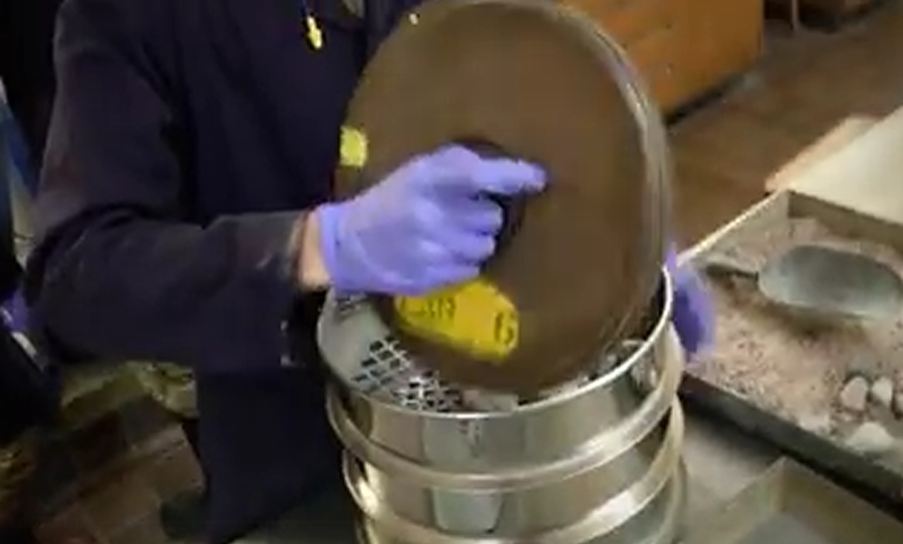Block Walls Construction: A Comprehensive Guide
5 Lectura mínima
)
mayo 3, 2025
Block walls construction is a fundamental technique in modern construction. Whether you're building a home, commercial building, or retaining wall, block walls offer durability, strength, and versatility. In this guide, we'll delve into everything you need to know about block wall construction, including materials, the steps involved, and the differences between block walls and concrete walls.
What Are Block Walls in Construction?
Block walls are walls made from blocks of concrete or other materials, which are stacked and bonded together using mortar. They are commonly used for both structural and non-structural applications, including exterior walls, interior partitions, and foundations. Blockwork in construction plays a vital role in providing stability and support to buildings.
Unlike traditional brick walls, which are made of smaller, individually placed bricks, block walls are typically larger and require less labor to install. This makes them an attractive option for construction projects where time and efficiency are crucial.
Key Materials Used for Block Walls Construction
The material choice for block wall construction is critical for ensuring durability, strength, and cost-effectiveness. Below are the most common materials used in block wall construction:
1. Concrete Blocks
:format(webp))
Concrete blocks are the most common material used for block walls. Made from a mixture of cement, aggregates, and water, concrete blocks are strong and versatile. They come in various shapes and sizes, including standard solid blocks, hollow blocks, and insulated blocks.
Benefits: Durability, ease of installation, and cost-effectiveness.
Common Uses: Foundations, exterior walls, retaining walls.
2. Cinder Blocks
:format(webp))
Cinder blocks are similar to concrete blocks but are made with cinder (or coal ash) as an aggregate. They are lighter than concrete blocks but are typically not as strong or durable.
Benefits: Lighter weight makes them easier to transport.
Common Uses: Non-load-bearing walls, partitions.
3. Autoclaved Aerated Concrete (AAC) Blocks
:format(webp))
AAC blocks are a newer alternative to traditional concrete blocks. Made from a mixture of sand, lime, cement, and water, they are lightweight and have excellent thermal insulation properties.
Benefits: Energy-efficient, lightweight, and fire-resistant.
Common Uses: Interior walls, partition walls.
Each material has its own set of advantages, and the right choice depends on your project's specific needs, including budget, structural requirements, and insulation preferences.
Block Wall vs Concrete Wall: Understanding the Differences
A common question in construction is: Block wall vs concrete wall, which one is better for your project? While both options are popular, they have distinct differences that could influence your decision.
Block Wall
Block walls are made from individual blocks that are stacked and mortared together. They can be constructed with a variety of materials, as we discussed earlier, and are used in both structural and non-structural applications.
Advantages: Easier to repair, more versatile, and often less expensive.
Disadvantages: May require more time and labor to complete due to the individual placement of blocks.
Concrete Wall
Concrete walls, on the other hand, are typically made by pouring concrete into a mold or formwork, creating a solid, continuous wall.
Advantages: Stronger and more durable, with fewer seams or joints that could weaken over time.
Disadvantages: More expensive, requires specialized equipment and labor, and can take longer to cure.
When to Choose Block Walls Over Concrete Walls
Block walls are ideal for areas that don't require high-load-bearing capacity, such as non-load-bearing partition walls, foundations, and retaining walls.
Concrete walls are more suited for heavy-duty applications, such as high-rise buildings, basements, and structures requiring superior strength and durability.
Block Walls Construction Detail
Building a block wall is a detailed process that requires careful planning, precise measurements, and proper technique. Here's a breakdown of the typical construction steps:
Preparing the Foundation: The first step in block wall construction is laying a strong foundation. The foundation must be level and stable to ensure the wall’s integrity. This typically involves digging a trench and pouring a concrete footer.
Laying the First Course of Block: Start laying the first course of blocks at the base. Ensure that they are level and aligned. This course acts as the base for all subsequent layers.
Installing Reinforcement: Reinforcement is crucial for the structural integrity of block walls. Steel rebars or mesh are often placed vertically within the blocks to prevent cracking and improve strength.
Mortar Application: Mortar is applied between each block to bond them together. It is important to use the right mortar mix to ensure the wall holds up over time.
Finishing the Wall: Once the blocks are laid, the wall can be finished with plaster or another surface treatment. This adds to both the aesthetic appeal and weatherproofing of the wall.
Equipment Used for Block Wall Construction
The right equipment can make block wall construction easier and more efficient. Here are some of the tools and equipment commonly used:
Masonry Trowels: Used to spread and smooth mortar.
Block Lifts: Mechanical lifts for moving heavy blocks into place.
Concrete Mixers: For mixing the mortar and concrete required for the blocks.
String Lines and Levels: To ensure the blocks are aligned and level.
Having the proper tools ensures the construction process is smooth and minimizes errors, which ultimately improves the quality of the block wall.
Common Challenges in Block Walls Construction
Block wall construction is not without its challenges. Some of the common issues include:
Misalignment: Ensuring each block is level and properly aligned can be tricky.
Cracking: Without proper reinforcement and care during construction, cracks can appear over time.
Weather Conditions: Extreme weather can affect mortar curing and block setting.
Solutions to Overcome Challenges
Always double-check measurements and alignment as you go.
Use proper reinforcement techniques to prevent cracking.
If working in extreme conditions, adjust your construction schedule to allow for ideal curing times.
Conclusion: Why Choose Block Walls for Your Construction Project?
Block walls are a reliable, cost-effective option for a wide range of construction projects. Whether you're building a home, commercial property, or retaining wall, blockwork provides durability, strength, and flexibility. By understanding the materials, construction process, and equipment needed, you can ensure your block wall project is successful and long-lasting.


